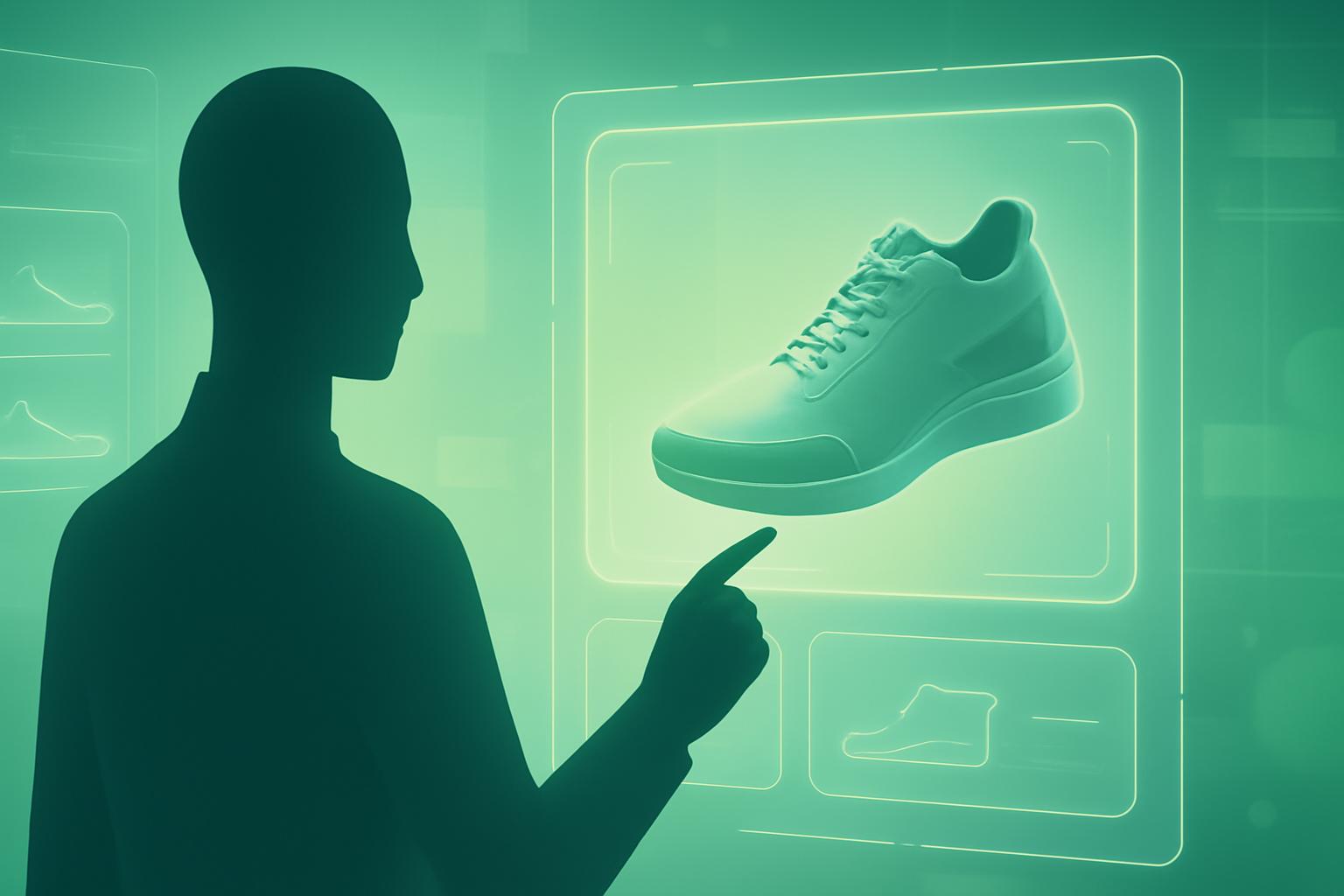Google has announced a significant expansion of its AI-driven virtual try-on feature, now enabling users to virtually try on shoes. This update coincides with the tool’s availability extension to Australia, Canada, and Japan, broadening its global footprint in the online retail space. Originally launched to allow users to see clothing on a personalized digital avatar, the tool now incorporates footwear, enhancing consumer interactivity and confidence in online shopping decisions.
How the Virtual Try-On Works
Users simply select the “Try It On” button on any eligible product listing within Google Shopping, then upload a full-length photo of themselves. After processing, the AI renders the selected shoes on the user’s digital image, allowing for a realistic preview. The resulting image can be saved or shared, providing a seamless and personalized shopping experience that bridges the gap between physical and digital retail.
Background and Technology Behind the Feature
This enhancement follows Google’s initial rollout of clothing try-on capabilities two months prior. Unlike earlier versions that showcased products on diverse model bodies, the current AI feature leverages generative models to map items onto the user’s own figure. Google’s investment in virtual try-on technology extends to its Doppl app, launched in June. Doppl offers a deeper styling experience, including AI-generated videos that simulate how outfits move and fit in real life. Both the Google Shopping try-on feature and Doppl utilize the same generative AI foundation, yet Doppl is tailored for users seeking a comprehensive wardrobe curation tool.
Industry Competition and Market Context
Google is not alone in this space; major retailers such as Amazon and Walmart have also introduced virtual try-on functionalities, underscoring a growing trend towards augmented reality and AI in ecommerce. These technologies aim to reduce purchase hesitation by offering consumers a more interactive and personalized online shopping journey.
FinOracleAI — Market View
Google’s expansion of its AI virtual try-on tool to include shoes and new international markets marks a pivotal step in enhancing digital retail engagement. By allowing users to visualize products on their own bodies, the company taps into growing consumer demand for personalized online experiences.
- Opportunities: Increased user engagement and higher conversion rates through personalized try-on experiences.
- Risks: Privacy concerns related to photo uploads and AI data processing could affect user adoption.
- Competitive pressure: Accelerating innovation needed to differentiate from Amazon, Walmart, and emerging startups.
- Market expansion: Growth potential in untapped regions with rising ecommerce penetration.
Impact: This development is expected to positively influence Google’s position in the ecommerce technology sector by driving adoption of AI-powered shopping tools and enhancing user experience across multiple markets.













